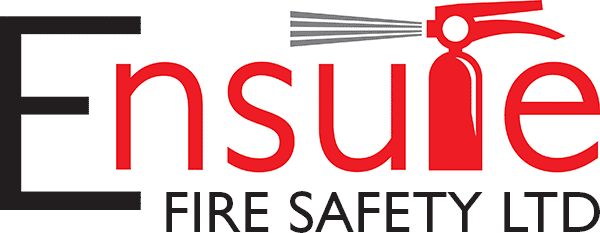Fire Risk Assessments
Anyone who has some control over premises, must take reasonable steps to reduce the risk from fire and make sure people can safely escape if there is a fire.
The regulations apply to all non-domestic premises.
Since the introduction of the 'Regulatory Reform (Fire Safety ) Order 2005' which come into force on 1st October 2006, it is mandatory (law) that businesses carry out a fire risk assessment on all commercial properties and record the findings if 5 or more people are employed.
The law applies to you if you are:
• The responsible person for business premises.
• An employer or self-employed with business premises responsible for a part of a dwelling where that part is solely used for business purposes.
• A charity or voluntary organisation.
• A contractor with a degree of control over any premises.
• Providing accommodation for paying guests.
• The Landlord of a building (including communal areas of privately owned flats or apartments)
Not having a fire risk assessment can:
• Endanger lives due to unforeseen risks
• Risk your business
• Leave a business or 'responsible person' liable to prosecution
• Invalidate insurances
Businesses can carry out their own fire risk assessments. However, with the complexities of Current Legislation, Laws, British Standards and Local Authority Requirements, this can be a minefield.
'Our common-sense approach often rectifies
shortfalls for little or no cost'
Ensure Fire Safety employ our own fire risk assessors whose experience, knowledge and qualifications give them the tools to complete fire risk assessments with little fuss.
Our aim is to quickly identify shortfalls in fire safety and to give common sense advice on how to rectify shortfalls.
Our Fire Risk Assessments take the following form:
• Identify fire hazards:
How could a fire start? What could burn? How would the alarm be raised? How would people get out? Etc.
• Consider the people who may be a risk:
Employees, visitors to the premises, residents and particularly anyone who may be more vulnerable such as children, elderly and disabled people.
• Evaluate and act:
Think about what you have found in steps 1 and 2 and remove and reduce any risks to protect people.
• Record, plan and train:
Keep a record of the risks you identified and what actions you have taken to reduce or remove them. Make a clear plan of how to prevent fires and, should a fire start, how you will keep people safe. Make sure your staff know what to do in the event of a fire and if necessary that they are trained for their roles.
• Review:
regularly review your risk assessment to ensure it remains up to date and reflects any changes that may have occurred.
Following our risk assessment, you would be issued with a comprehensive report identifying any deficiencies that would require action, with a plan to implement.
If you would like more information on Fire Risk Assessments,
please call our team today on:
Tel: 0800 999 4446

